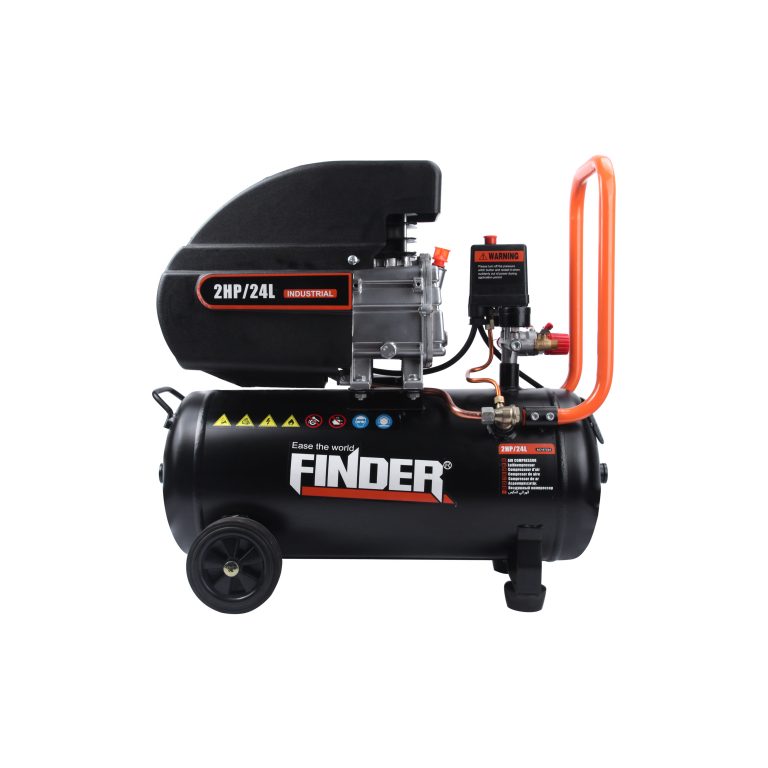Understanding Air Tools
Air tools, also known as air-powered tools, are widely utilized across various industries. These tools operate using compressed air and offer a versatile and efficient means of powering equipment. Understanding the types of air tools and their diverse uses is imperative for individuals working with these tools. Whether it’s for construction, manufacturing, or automotive purposes, comprehending the functionality and applications of air tools is essential for ensuring optimal performance and safety in the workplace.
Now, let’s explore the different types of air tools and their specific uses in more detail.

Exploring Pneumatic Tools
Pneumatic tools, also referred to as air-powered tools, are a staple in various industries due to their reliance on compressed air for operation. These tools offer distinct advantages in terms of power, efficiency, and reliability, making them indispensable in construction and manufacturing settings.
Overview of Pneumatic Tools
- Pneumatic tools are powered by compressed air, which is supplied through hoses connected to an air compressor. This mechanism allows for consistent and reliable power delivery without the need for electrical cords or batteries.
- The primary keyword ‘pneumatic tools’ encompasses a wide range of equipment, including nail guns, paint sprayers, impact wrenches, and pneumatic drills. These tools are designed to perform tasks with precision and speed while reducing operator fatigue.
Common Applications of Pneumatic Tools
- Pneumatic tools find extensive use in construction and manufacturing for tasks such as nailing wooden components, painting large surfaces with efficiency, and drilling holes in various materials. Their versatility and ability to deliver consistent power make them essential for these applications.
- Understanding the diverse applications of pneumatic tools is crucial for optimizing their use across different industries and work environments.
Importance of Air Compressors
Air compressors play a pivotal role in powering pneumatic tools and other air-powered equipment, making them indispensable in various industries. These devices are responsible for converting power from a compressed air generator into potential energy stored in pressurized air. Understanding the significance of air compressors is crucial for maintaining a safe and efficient work environment.
Functionality of Air Compressors
The functionality of air compressors lies in their ability to convert power from a compressed air generator into potential energy stored in pressurized air. This pressurized air is then used to power pneumatic tools, such as nail guns, paint sprayers, and impact wrenches. The consistent and reliable delivery of compressed air enables these tools to operate effectively without the need for electrical cords or batteries.
Types of Air Compressors
There are different types of air compressors available, each with its unique characteristics and applications. Reciprocating, rotary screw, and centrifugal compressors are among the most common types. The choice of the right air compressor depends on specific needs related to the tools and applications at hand. For instance, reciprocating compressors are suitable for small-scale operations, while rotary screw compressors are ideal for continuous use in industrial settings.
Versatility of Impact Wrenches
Impact wrenches, also known as air guns or torque wrenches, are indispensable tools in the automotive and construction industries. Their versatility and high torque output make them essential for a wide range of applications.
Applications of Impact Wrenches
Impact wrenches are commonly used for fastening and unfastening nuts and bolts in automotive assembly lines, repair shops, and construction sites. Their ability to deliver high torque with minimal effort significantly reduces the time and labor required for tasks such as changing tires, assembling heavy machinery, or securing structural components.
Advantages of Impact Wrenches
The primary advantage of impact wrenches lies in their high torque output, which allows them to tackle heavy-duty fastening tasks with ease. Their efficiency in delivering powerful rotational force makes them ideal for applications where manual tools would be impractical or time-consuming. Additionally, impact wrenches come in various sizes and power ratings, catering to diverse industrial needs while ensuring precision and speed in fastening operations.
Ensuring Safety with Air Tools
When working with air tools, ensuring safety is paramount to prevent accidents and maintain a secure work environment. Adhering to safety guidelines and implementing regular maintenance and inspection routines are essential practices for promoting safe air tool usage and preventing potential hazards.
Safety Guidelines for Air Tool Usage
- Proper training in the operation of air tools is crucial to ensure that users understand the equipment’s functionality and potential risks. Training should encompass safe handling, correct usage, and the importance of using personal protective equipment (PPE) such as goggles, gloves, and ear protection.
- Emphasizing the primary keyword ‘air tool safety’ in training programs helps reinforce the significance of following safety protocols when working with air tools. This proactive approach fosters a culture of safety awareness among workers.
Maintenance and Inspection of Air Tools
- Regular maintenance of air tools is vital for identifying any potential issues or wear and tear that could compromise their safe operation. This includes checking for leaks, ensuring proper lubrication, and inspecting hoses and connectors for damage.
- Implementing routine inspections not only prevents air tool accidents but also contributes to their longevity, ensuring that they continue to function efficiently while minimizing the risk of unexpected malfunctions.
By prioritizing safe air tool usage and incorporating thorough maintenance procedures, workplaces can significantly reduce the likelihood of accidents while optimizing the performance of these essential tools.
Understanding Air Tools
Air tools, such as pneumatic tools and impact wrenches, are indispensable in various industries due to their versatility and efficiency. Understanding the functionality of air compressors and adhering to safety measures is vital for the effective and safe usage of these tools. By comprehensively exploring the primary keyword ‘what are air tools,’ we have gained valuable insights into the types and uses of air-powered tools.
In conclusion, a thorough understanding of air tools, their applications, and the equipment that powers them is essential for ensuring optimal performance and safety in diverse work environments.
